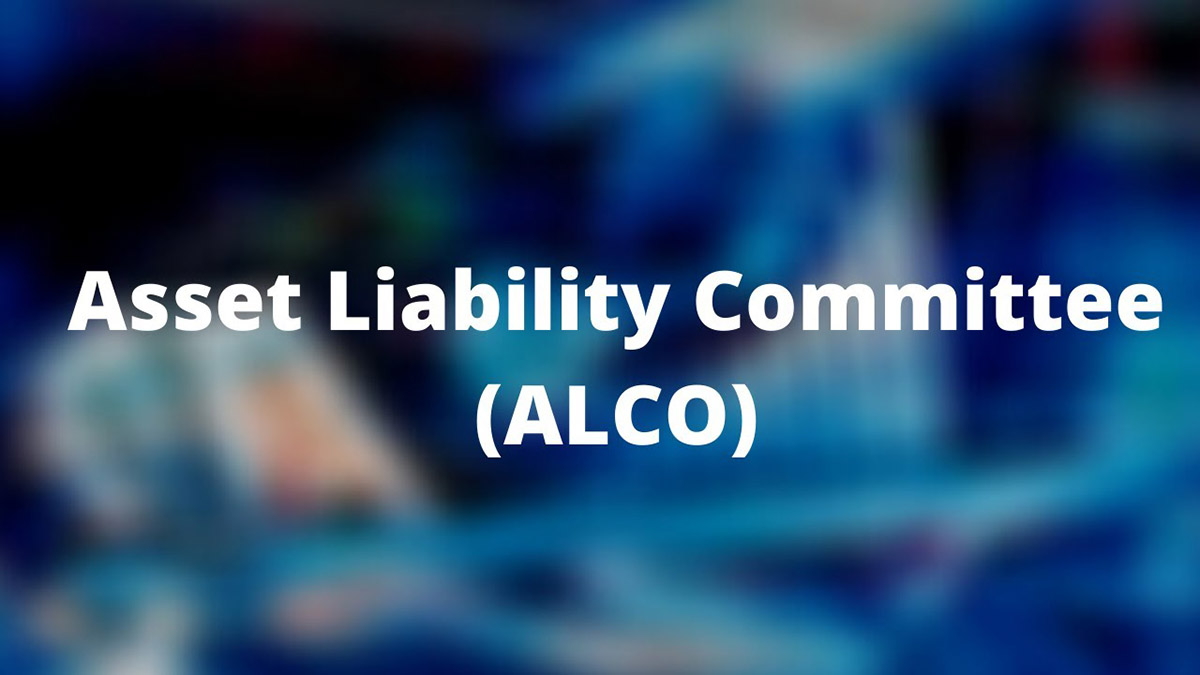Home>Finance>Brownfield Investment: Definition, Advantages, Vs. Greenfield


Finance
Brownfield Investment: Definition, Advantages, Vs. Greenfield
Modified: December 30, 2023
Looking for a comprehensive guide on brownfield investment in finance? Learn the definition, advantages, and the difference between brownfield and greenfield investments.
(Many of the links in this article redirect to a specific reviewed product. Your purchase of these products through affiliate links helps to generate commission for LiveWell, at no extra cost. Learn more)
Welcome to the World of Brownfield Investment: A Closer Look at its Definition, Advantages, and Comparison to Greenfield
When it comes to making wise financial decisions, exploring different investment opportunities is crucial. In the realm of finance, brownfield investment has gained significant attention due to its unique characteristics and potential benefits. If you’re curious to know more about brownfield investment, you’ve come to the right place. In this blog post, we will delve into the definition of brownfield investment, explore its advantages, and compare it to another popular investment option, greenfield.
Key Takeaways:
- Brownfield investment refers to acquiring or redeveloping existing infrastructure or real estate that may be abandoned, underutilized, or contaminated.
- Advantages of brownfield investment include reduced construction costs, access to established infrastructure, and potential environmental remediation.
What is Brownfield Investment?
Brownfield investment can be defined as the acquisition or redevelopment of existing infrastructure or real estate that may be abandoned, underutilized, or contaminated. Instead of starting a project from scratch, brownfield investment involves repurposing or revitalizing an existing property. These properties may have previously served industrial, commercial, or residential purposes, and are typically located in urban or suburban areas.
One of the main objectives of brownfield investment is to transform and revitalize underutilized or contaminated properties to create a more sustainable and productive environment. To accomplish this, investors often undertake environmental assessments and remediation efforts, ensuring the safety and sustainability of the project.
Advantages of Brownfield Investment
Brownfield investment offers several advantages that make it an attractive option for investors:
- Reduced Construction Costs: By repurposing existing infrastructure, brownfield investment can significantly reduce the overall costs associated with construction and development. This is especially beneficial in areas where land availability is limited or when building from scratch may be more expensive.
- Access to Established Infrastructure: Brownfield sites are often strategically located, with access to established infrastructure such as roads, utilities, and transportation networks. This can provide a competitive advantage for businesses looking to expand or establish a presence in a particular area.
- Potential Environmental Remediation: While contaminated sites may initially seem like a disadvantage, brownfield investment allows for environmental remediation, addressing the pollution or contamination issues from previous activities. By transforming these properties into sustainable and environmentally-friendly spaces, brownfield investment contributes to the overall improvement of the surrounding community.
- Community and Economic Development: Brownfield investment plays a crucial role in community and economic development, particularly in urban areas. By revitalizing underutilized properties, brownfield investment can improve local economies, create jobs, and enhance the quality of life for residents.
Brownfield vs. Greenfield: A Comparison
While brownfield investment focuses on repurposing and redeveloping existing properties, greenfield investment involves starting a new project on undeveloped land. Here are some key differences between the two:
- Risk: Brownfield investment typically carries fewer risks compared to greenfield investment. Existing infrastructure in brownfield sites provides a level of certainty, whereas greenfield investments may entail uncertainties associated with obtaining permits, land acquisition, and potential environmental challenges.
- Costs: Brownfield investment often offers cost advantages over greenfield projects. Reusing existing infrastructure reduces construction costs, whereas greenfield projects require building from scratch, entailing higher expenses.
- Timeframe: Brownfield projects generally have shorter timeframes compared to greenfield projects. The pre-existing infrastructure allows for quicker development and implementation of business operations.
- Environmental Impact: Brownfield investment presents an opportunity to address and remediate existing environmental issues. Greenfield projects, on the other hand, may have a higher potential for negative environmental impact as they involve developing on untouched land.
Both brownfield and greenfield investments have their own unique advantages and considerations, and the choice between the two ultimately depends on the specific investment goals, available resources, and risk appetite.
Conclusion
Brownfield investment offers a compelling opportunity for investors looking to repurpose and redevelop existing properties. With advantages such as reduced construction costs, access to established infrastructure, and potential environmental remediation, brownfield investment contributes to sustainable community development and economic growth. Understanding the differences between brownfield and greenfield investments helps investors make informed decisions, aligning their financial goals with the potential advantages and considerations associated with each option.














